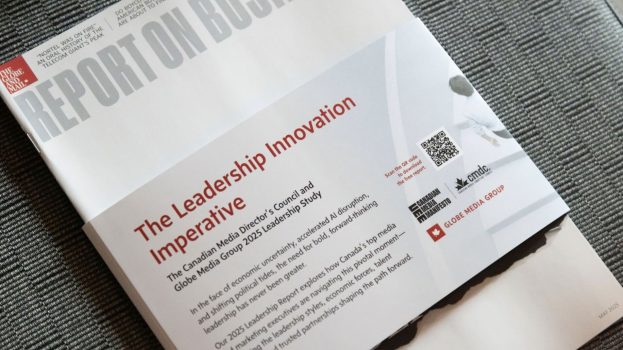It can be easy to get caught up on the technical aspects and opportunities that come with new gadgets, but a report shows that companies leading in terms of digital transformation are also the ones who consider the people who will use tools, services and platforms the most.
Business software company SAP, along with market intelligence company IDC Canada, polled 303 decision-makers within Canadian organizations.
“Intelligent Enterprise” is a term SAP uses to describe the process of integrating data into actionable results across all of its lines of business. Only 12% of Canadian companies polled qualify as “leaders” in the process, having incorporated advanced use of technology, exhibits continuous digital innovation and maintains a tight link between employee experience and customer experience.
Employee experience isn’t a frequently discussed element of digital transformation, but 89% of leaders said it is either “very important” or “critical” to improve employee experience alongside customer experience, compared to 44% of “observers” – companies with low adoption of technology, disconnected digital initiatives and a limited focus on experience management – who said the same. Looking ahead, 73% of leaders will increase their focus on employee experience next year, compared to 44% of observers.
“Employees want their business applications to be like consumer applications — smart, engaging, intuitive and personalized,” Lisa Rowan, research VP for HR, talent and learning strategies at SAP said in a white paper accompanying the study. “At the same time, employees want to be heard. They want to provide feedback and they expect to see changes based on their input. The moments that matter are those critical touch points between employer and employee that define the employee experience.” She adds that there is a link with customer experience, since satisfied employees are more likely to want to provide a good experience for customer.
That ties into something SAP found set the “leaders” in digital transformation apart from the rest: focusing on the human side of business.
Part of that humanity is exhibited internally, with 80% of leaders having their executive management “enthusiastically engaged” in digital strategy execution, compared to a only 9% of observers, where engagement typically only comes from the IT department. That echoes something SAP found in last year’s edition of the study, which is that leaders who exhibit “a vision and energy” can gain consensus across teams and different levels of the organization creates an easier path to digital transformation.
But that leadership needs to reach other areas of the organization. Among leaders, 62% of them have marketing staff engaged with digital transformation (third-highest department behind executive management and IT), compared to 33% of challengers (those who are working toward becoming leaders), 16% of participants (those who have begun investing in the basic elements of digital transformation) and 3% of observers.
But there is also a consumer-facing element, with 68% of leaders believing that customer experience has significantly improved financial performance in the last year, with 59% saying they plan to increase their focus on customer experience. That’s compared to 44% of observers who said the same.
























